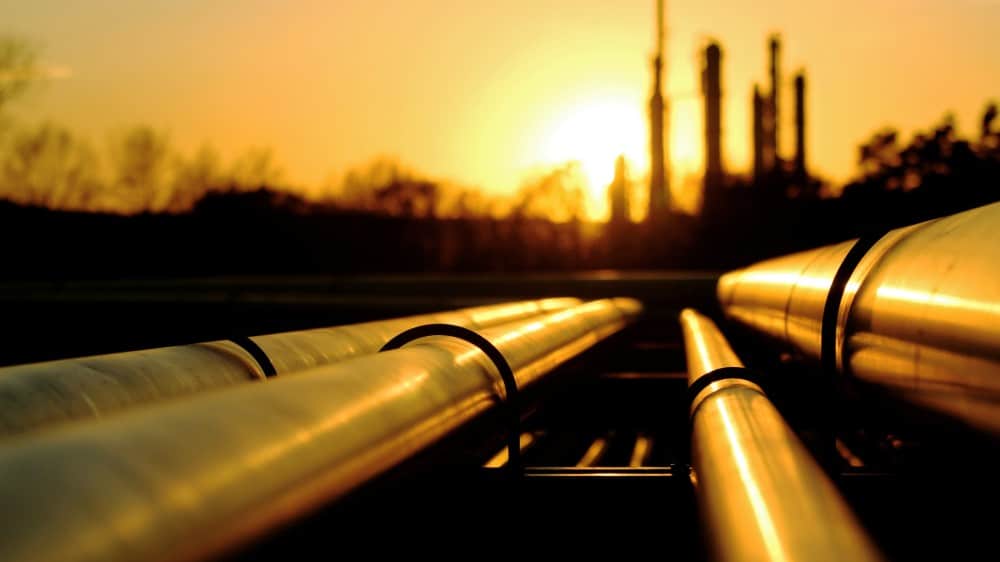It was many hits and a few misses from Canadian Natural Resources (TSX:CNQ)(NYSE:CNQ) from its Q1 2022 results. Canada’s biggest energy producer by market cap released its quarterly earnings on May 5. While the numbers during the quarter were far higher than last year, shareholders were somewhat disappointed with no dividend hike.
CNQ profit more than doubled in Q1 2022
This earnings season, superior earnings growth is among the most trivial expected things from Canadian energy. Oil and gas producers see their profits more than double in Q1 2022 year over year, thanks to soaring energy prices.
Canadian Natural Resources reported its average realized price for oil was $93.5 for a barrel in the first quarter. That was a massive hike of 77% relative to the same quarter last year. As a result, the company posted a net income of $3.1 billion for the quarter versus $1.4 billion in Q1 2021.
Everything is falling in place for energy investors this year. Already tight energy markets, aggravated by the Russia-Ukraine war, pushed oil prices to record levels last quarter. In the last 12 months, crude oil prices have jumped 65%, while natural gas has gained a substantial 200%!
This has helped Canadian energy companies on several fronts. For example, higher production amid increasing prices has brought in higher free cash flows for them since last year. Notably, energy companies have used this excess cash to repay debt in the previous few quarters.
Improving balance sheet and strong dividends
Canadian Natural’s net debt currently stands at $13.8 billion, notably lower than over $22 billion in December 2020. Notably, the company aims to achieve net debt levels of $8 billion in the next few quarters. After attaining this leverage level, the company will consider deploying more free cash to shareholder dividends.
Another Canadian energy bigwig Cenovus Energy (TSX:CVE)(NYSE:CVE) reported a seven-fold jump in its Q1 profits. As a result, Cenovus announced tripling its shareholder dividends late last month. Dividend increases convey management’s confidence in the company’s future earnings growth and balance sheet strength. Notably, CVE stock has returned 170%, while CNQ has returned 110% in the last 12 months. CVE yields 1.6%, and CNQ yields 3.7% at the moment.
Note that crude oil prices were above US$90 a barrel level for a very short span of time during the first quarter, and energy companies are seeing massive earnings growth. So, imagine how their earnings will multiply when they report earnings for Q2 amid oil comfortably trading well above US$100 a barrel.
Bottom line
Although CNQ did not deliver any dividend hike in the recent quarter, it is still way ahead on that front compared to peers. When energy titans trimmed or suspended dividends amid the pandemic in 2020, CNQ was among the only few that kept on raising shareholder payouts.
CNQ’s strong quarterly performance and management commentary highlight that the dividend hike would follow once it reaches the projected balance sheet strength.
Apart from the dividends, CNQ seems on a solid footing to play the next leg of the crude oil price rally. Its low-decline, high-quality reserves should continue to drive higher earnings in this supporting macro environment.








